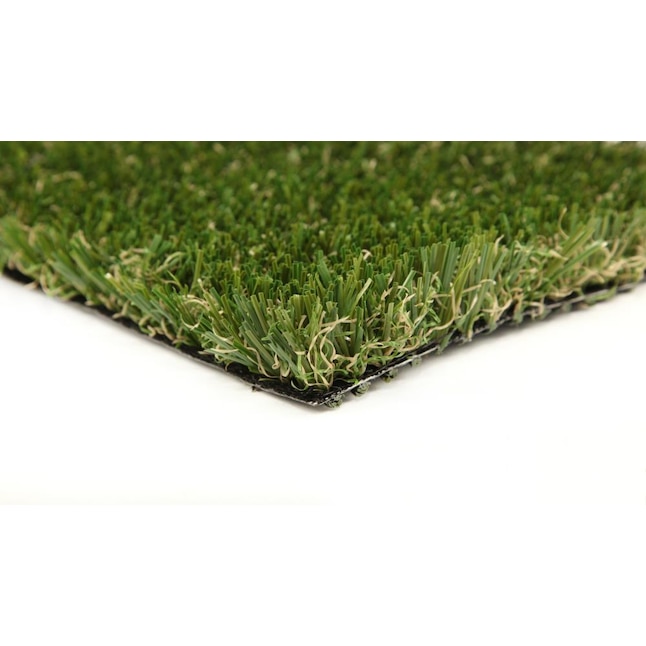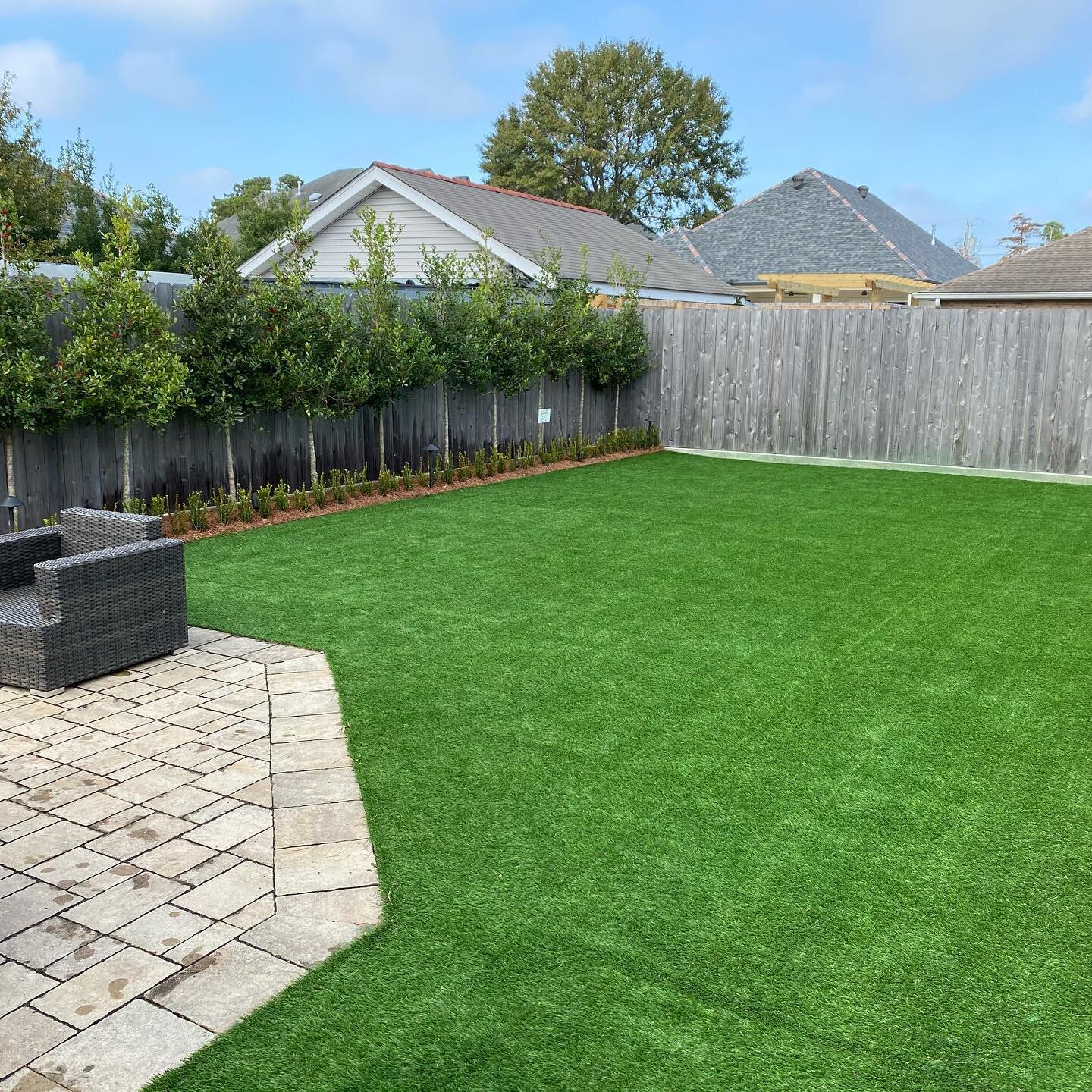Get a Ideal Lawn with Arizona Artificial Turf for Any Outdoor Space
Get a Ideal Lawn with Arizona Artificial Turf for Any Outdoor Space
Blog Article
Look Into the Environmental Conveniences of Opting for Synthetic Grass Solutions
The fostering of artificial turf services offers an engaging chance to attend to pushing ecological obstacles. By significantly minimizing water use and minimizing the application of damaging chemicals, these choices not just promote sustainable landscape design yet likewise shield local ecological communities.
Water Preservation Perks
Among one of the most substantial benefits of artificial grass is its capability to save water. Traditional yard yards call for substantial irrigation, particularly in areas prone to drought or water restrictions. In contrast, synthetic lawn does not need watering, considerably decreasing the general need for water resources. This feature is particularly advantageous in deserts where water scarcity is a pushing worry.
By getting rid of the need for routine watering, synthetic grass adds to lasting landscape practices and aids reduce the environmental effect of too much water intake. Additionally, the conservation of water reaches the decrease of runoff, which can cause dirt disintegration and waterway pollution.
Additionally, the installation of fabricated lawn allows communities and home owners to assign water resources a lot more efficiently, focusing on necessary usages such as alcohol consumption water and agriculture. The shift towards synthetic grass not just promotes responsible water use yet likewise lines up with wider environmental goals targeted at protecting natural resources.
As neighborhoods significantly prioritize sustainability, the water preservation advantages of synthetic grass present a compelling case for its adoption in residential and commercial landscaping projects.
Reduced Chemical Use
The shift to man-made grass considerably reduces the dependence on chemical therapies commonly utilized in all-natural turf maintenance. Typical grass monitoring usually involves the application of herbicides, plant foods, and pesticides to promote growth and control pests. These chemicals can present threats to human wellness, local wild animals, and the atmosphere, adding to soil and water contamination.
In contrast, synthetic lawn removes the need for these dangerous materials. By reducing the release of synthetic substances into the ecological community, artificial turf advertises much healthier dirt and water systems.
In addition, the lack of chemical overflow related to artificial turf installations aids safeguard regional waterways from contamination, sustaining aquatic life and maintaining biodiversity. Phoenix turf companies. As neighborhoods increasingly prioritize sustainable practices, choosing man-made lawn offers a practical service that straightens with ecological conservation goals. With this shift, home owners can delight in lavish green spaces without endangering environmental health and wellness, leading the method for a much more lasting future
Lower Carbon Impact

Furthermore, the setup of synthetic grass can result in considerable water conservation. All-natural lawns need substantial quantities of water for irrigation, which not just includes to the carbon footprint connected with water removal and therapy but likewise pressures neighborhood water resources. On the other hand, fabricated turf needs very little upkeep, calling for no watering, thereby substantially decreasing water usage and its connected power prices.
Additionally, the durability of fabricated lawn adds to its lower carbon impact. With a life expectancy of as much as 15 years or even more, the need for regular replacements is decreased, resulting in less waste and lower power consumption in manufacturing and throwing away standard yard options. In general, synthetic grass offers a lasting choice for ecologically conscious landscaping.
Habitat Preservation
Environment preservation is a critical factor to consider in the discussion over landscape design options, particularly when contrasting man-made lawn to all-natural grass. All-natural lawn lawns often require extensive upkeep, consisting of the usage of herbicides, pesticides, and plant foods, which can detrimentally affect local ecological communities. These chemicals can seep into the dirt and waterways, harming indigenous flora and animals and disrupting neighborhood habitats.
On the other hand, synthetic grass provides a chance to minimize the eco-friendly footprint of landscape design. By opting for synthetic lawn, property owners can decrease the interruption of natural see this website environments associated with standard grass treatment practices. Fabricated turf removes the requirement for damaging chemicals, thereby securing neighboring wildlife and maintaining the stability of bordering communities. In addition, the installment of synthetic lawn can result in the conversion of previous read here grass areas into even more biodiverse landscapes, such as pollinator gardens or native plant areas, which can support regional wild animals.
Ultimately, the shift to synthetic grass not only conserves water and reduces upkeep initiatives however likewise cultivates a more unified connection between human tasks and the native environment, advertising habitat preservation while doing so.
Long-Term Sustainability
Long-lasting sustainability is an essential consider evaluating the benefits of synthetic grass over standard lawn lawns. Among one of the most considerable benefits of synthetic grass is its resilience; it can last as much as 15-20 years with minimal upkeep, whereas natural yard requires constant reseeding and replacement. This long life decreases the requirement for continuous sources, such as water, fertilizers, and chemicals, which are necessary for maintaining a healthy yard lawn.
In addition, synthetic grass adds to a reduction in carbon discharges connected with yard treatment equipment. Typical yards commonly require gas-powered lawn mowers, leaners, and blowers, all of which contribute to air contamination. Turf installation phoenix az. On the other hand, synthetic grass removes the demand for such equipment, promoting a cleaner setting
In addition, the production of fabricated turf progressively utilizes recycled products, boosting its sustainability account. As producers adopt eco-friendly methods, the environmental impact of synthetic turf remains to reduce.

Verdict
The adoption of artificial turf services offers considerable environmental advantages, including substantial water preservation, reduced reliance on damaging chemicals, and a lower carbon footprint. Artificial turf aids in protecting natural habitats by decreasing land disruption and advertising lasting sustainability with the use of sturdy products. Jointly, these variables emphasize the capacity of synthetic lawn to contribute positively to ecological health and supply a viable alternative to typical landscape design practices in a significantly resource-conscious globe.
In contrast, fabricated grass does not require watering, dramatically minimizing the overall need for water resources. By decreasing the launch of synthetic compounds into the a knockout post ecological community, fabricated grass promotes much healthier soil and water systems.
In addition, the setup of artificial turf can result in considerable water conservation. In contrast, man-made turf requires very little upkeep, requiring no watering, therefore substantially lowering water usage and its connected power costs.

Report this page